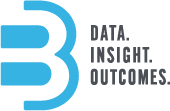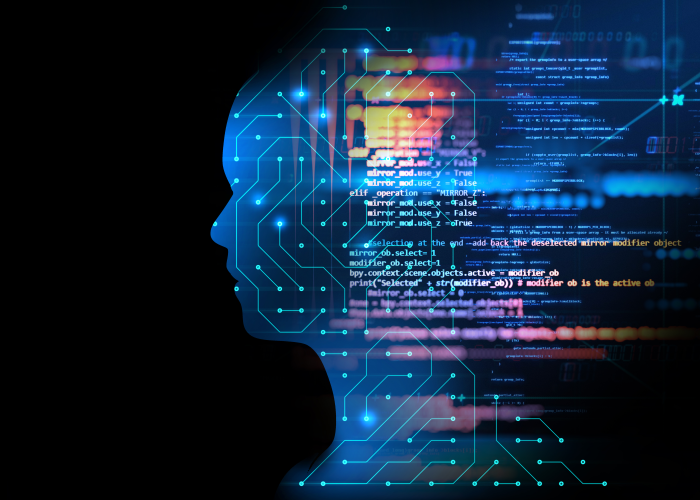Machine learning and artificial intelligence. These are the buzzwords of today’s data-focused world, where programs and algorithms are using machine learning and AI to track our habits, make inferences about our relationships, identify our photos, and predict what we might want next. Technology, from robot vacuums to the latest smartphone app, makes our lives easier and more entertaining. Now that we have algorithms that learn through experience, as opposed to obeying specific programming, makes me ponder the human-machine interface, the border between what is machine and what is human. What will we have our technology do next? Will it overtake us in some way? If we can create machines that learn, is there any limit to what they can do? What is unique about humans that machines will never be able to equal?
I would have said creativity, until I read about the computer that can spontaneously create realistic paintings. I would have said curiosity, until I read about algorithms designed to seek out novel experiences in order to learn more effectively. I would have said intuition, until I read about a program that seemed to utilize a kind of intuition to win a strategy game.
These advancements are incredibly impressive. Still, I have a hard time imagining a machine that could ever do what we do at B3. We employ technology for efficiency, to automate time-consuming and monotonous tasks like reading data off PDFs or collecting data from websites. But when it comes to making sense of data and designing novel, impactful solutions, only humans will do. We could apply some machine learning algorithms to sift through mountains of data and tell us where it found correlations, but we might come up with something like this:

Credit: Spurious Correlations, by Tyler Vigen
As Henry Clay remarked, “Statistics are no substitute for judgment.”
Machine learning algorithms are great for analyzing large sets of data and employing statistical methods to make predictions. But they also have to be created and fed properly, and their results should be evaluated critically, something the algorithm itself can’t do. A machine learning algorithm may tell you something is correlated to something else (water well drilling and the drought index in Texas, for example), but unless told specifically to do so, it wouldn’t go looking for other explanations (did groundwater regulation or water projects have anything to do with the trend?). At B3, we’re always looking for the stories hidden in the data. Machine learning is the perfect complementary tool for doing time- and labor-intensive things like analyzing aerial imagery to identify surface features (e.g. ephemeral, undocumented water storage pits).
In my work at B3 I’ve come across a few more ways the human element is indispensable, at least for now:
Data clean-up skills. Computer models work well with clean, prepped data, but at B3 we know how hard that is to come by. Duplicates that aren’t spelled the same, transposed words, obvious data entry errors, too-rounded values: humans can instantly recognize these, while computers would need specific instruction to detect all the variations of “bad data.” We can spot when something has been assigned to a centroid, but would a robot ever think to check for that if it wasn’t told to do so?
Initiative. Algorithms are perfect for certain repetitive or time-intensive tasks, but don’t come up with novel, unplanned tasks on their own. At B3, we take the initiative to figure out the right next step in everything from our code base to the relationships we create and leverage in our data.
Persistence. Sometimes you must keep going when there is no reward signal that your model is doing the right thing and figure out how to proceed when the way forward isn’t clear. For a machine, an outcome can become a known, accepted barrier. It’s a uniquely human trait to refuse to take no for an answer, to believe there must be a way – and find it.
Problem Solving. Coming up with an overall complex design like B3, both as a web application and an approach to understanding natural and human systems, is not a prescribed series of steps like a chess game; it’s a creative act.
Collaboration. Pooling colleagues’ and clients’ knowledge and experience to brainstorm and design a novel solution is another uniquely human ability, and one of our biggest strengths at B3.
Technology powers our world and enables us to reach better data-driven decisions faster. It’s pretty amazing, but so are we.




